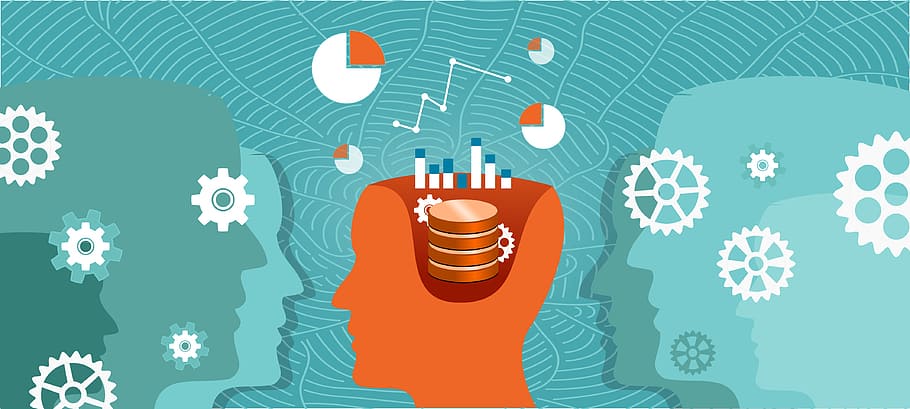In the annals of scientific history, few figures assume as monumental a presence as Galileo Galilei. Often hailed as the “father of modern observational astronomy,” Galileo’s life and work represent a poignant tale of ideological warfare waged on the battlefront of knowledge. His narrative is imbued with rich metaphorical significance, illustrating the perennial struggle between empirical inquiry and dogmatic belief. This article endeavors to extract valuable lessons from Galileo’s experiences, illustrating the imperative to stand firm in the pursuit of scientific truth.
Galileo’s epoch was steeped in the fervor of the Renaissance, a period characterized by a resurgent interest in empirical investigation. The prevailing cosmological paradigm, dictated by Aristotelian precepts and later sanctified by Ptolemaic astronomy, posited a geocentric universe, wherein Earth resided as the immovable axis upon which all celestial bodies revolved. Against this backdrop, Galileo emerged not merely as a challenger of established thought but rather as a clarion voice heralding the dawn of a new epistemological era. His application of the telescope—an instrument merely designed for terrestrial observation—ushered humanity into a bold reimagining of the cosmos.
The metaphor of the telescope itself serves as a potent analogy for Galileo’s quest: it symbolizes a profound shift from myopic adherence to tradition towards an expansive vista illuminated by observation. What Galileo beheld through his lens was not merely a series of moons orbiting Jupiter or the phases of Venus, but rather the irrefutable evidence that the universe bore no allegiance to human constructs. Such revelations, however, were not without consequence; the theological and philosophical establishments of his day perceived his work as a direct affront to their doctrinal authority. Herein lies a vital lesson: the pursuit of scientific truth often necessitates a confrontation with prevailing dogmas.
Faced with mounting opposition, Galileo remained resolute. The trial of 1633 stands as a pivotal moment in this ongoing discourse. He was not merely on trial for his heliocentric assertions; rather, he was an embodiment of the very essence of scientific inquiry: the willingness to engage with the unknown. His admonition to “E pur si muove”—and yet it moves—encapsulates a defiance rooted in empirical evidence. This phrase resonates as an emblem of intellectual integrity, albeit couched in a resignation to the limitations imposed by an era unwilling to embrace radical change. Galileo’s conviction serves as a compelling reminder: the integrity of scientific inquiry must prevail over the comfort of consensus.
Moreover, the societal repercussions of Galileo’s life amplify the contemporary relevance of his legacy. In an age increasingly beset by misinformation and pseudoscience, the resonance of Galileo’s experiences underscores a pressing imperative: the necessity of intellectual courage. Akin to Galilean defiance, modern scientists and scholars must navigate a treacherous landscape rife with ideological biases and hierarchical constraints. The challenge remains not only to assert the primacy of evidence over conjecture but also to confront the asymmetry of power that seeks to stifle dissenting voices.
As the metaphorical tides of public opinion ebb and flow, one must consider the role of the scientific community in illuminating the path to truth. Galileo’s isolation in the face of adversity reminds us that the pursuit of enlightenment frequently entails sacrifice. The allegorical journey of Prometheus, who bestowed fire upon humanity, parallels Galileo’s dissemination of knowledge. Both figures confront the specter of oppression while championing enlightenment, underscoring a perennial truth: the unfettered pursuit of knowledge is fundamental to human progress.
In examining Galileo’s legacy, one must also reflect upon the epistemological frameworks that shape our understanding. The Enlightenment, which followed the Renaissance and Galileo’s lifetime, posited reason and empirical evidence as bedrocks of knowledge. However, Galileo’s confrontation with the Church reveals the inherent tensions within the scientific endeavor. Indeed, the challenge of reconciling newfound knowledge with entrenched belief systems remains as relevant today as it was in the 17th century. This dialectic necessitates a multidimensional approach that embraces truth while recognizing the emotional and psychological dimensions intertwined with belief.
Furthermore, the metaphor of the scientific “circuit” emerges as an essential way of conceptualizing the interaction between evidence and belief. Just as electrical circuits require a delicate balance between resistance and conductance for optimal function, the scientific method hinges on the interplay between questioning and confirmation. The narrative of Galileo provides an archetypal model of this circuitry—one that highlights the importance of residual resistance while simultaneously advocating for an environment conducive to inductive reasoning and experimentation.
As we draw lessons from Galileo, we must consider the role of education in fostering a critical mindset. By instilling a culture that encourages inquiry and celebrates skepticism, we cultivate a population that understands the value of questioning established norms. If Galileo’s tale teaches us anything, it is that ignorance can often masquerade as certainty. The imperative to stand up for scientific truth—therein lies the crux of responsible citizenship and academic integrity. In a world facing myriad challenges, including climate change, public health crises, and technological upheaval, the clarity of Galileo’s insights becomes an urgent beacon guiding our collective journey.
In conclusion, the legacy of Galileo Galilei serves as a luminous guidepost in the ongoing quest for scientific truth. His life exemplifies the interplay of courage, integrity, and intellectual curiosity—faculty crucial for transcending ideological constraints. As we navigate the complexities of modern existence, may we draw upon the metaphors of the telescope and the circuit, leveraging Galileo’s lessons as we champion evidence-based understanding against the formidable tides of ignorance.












